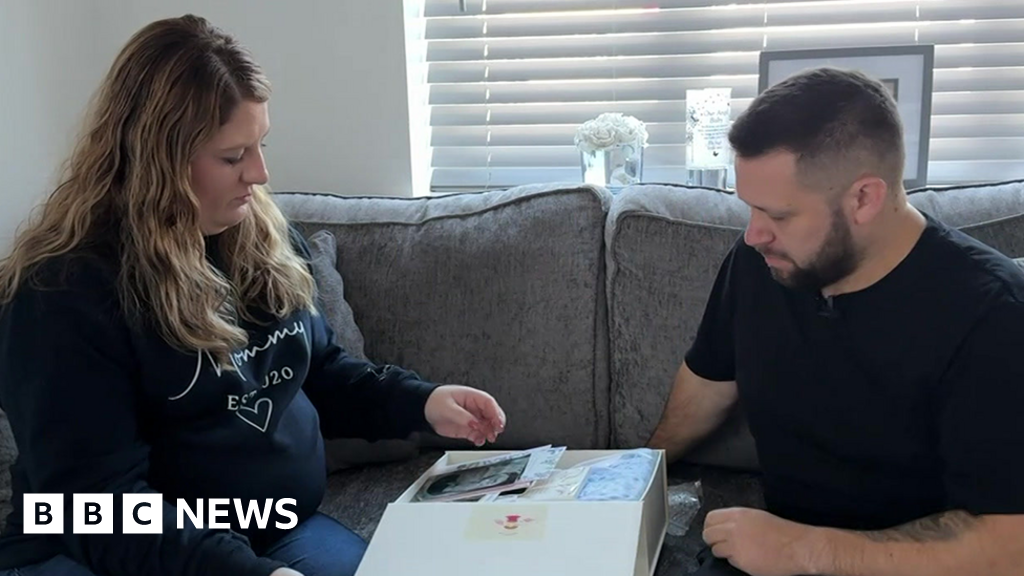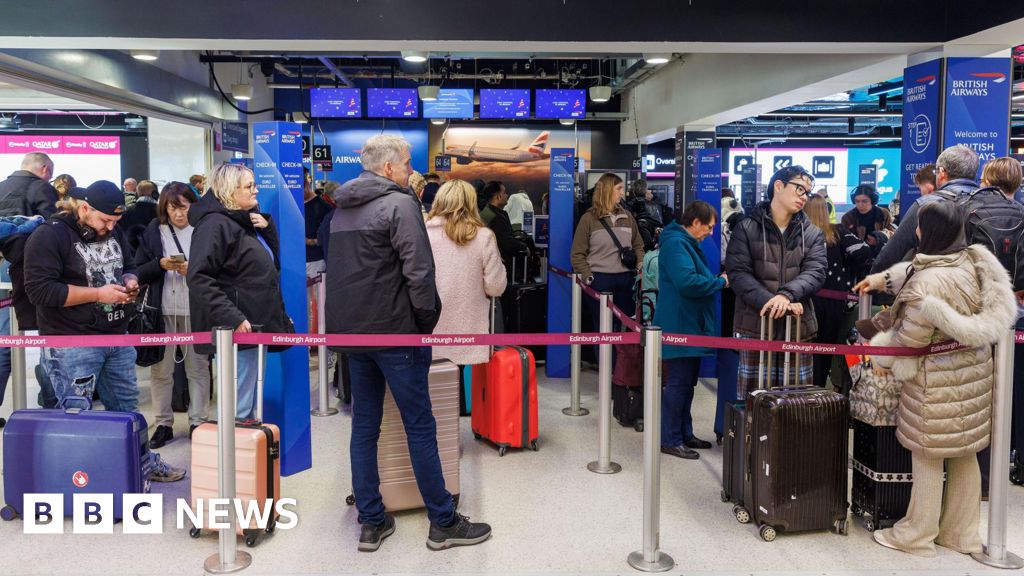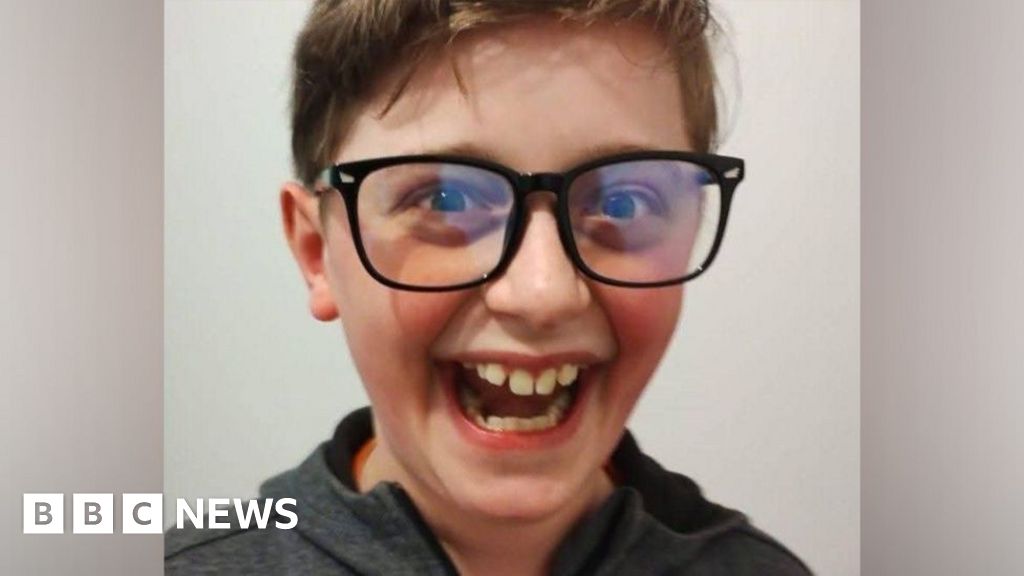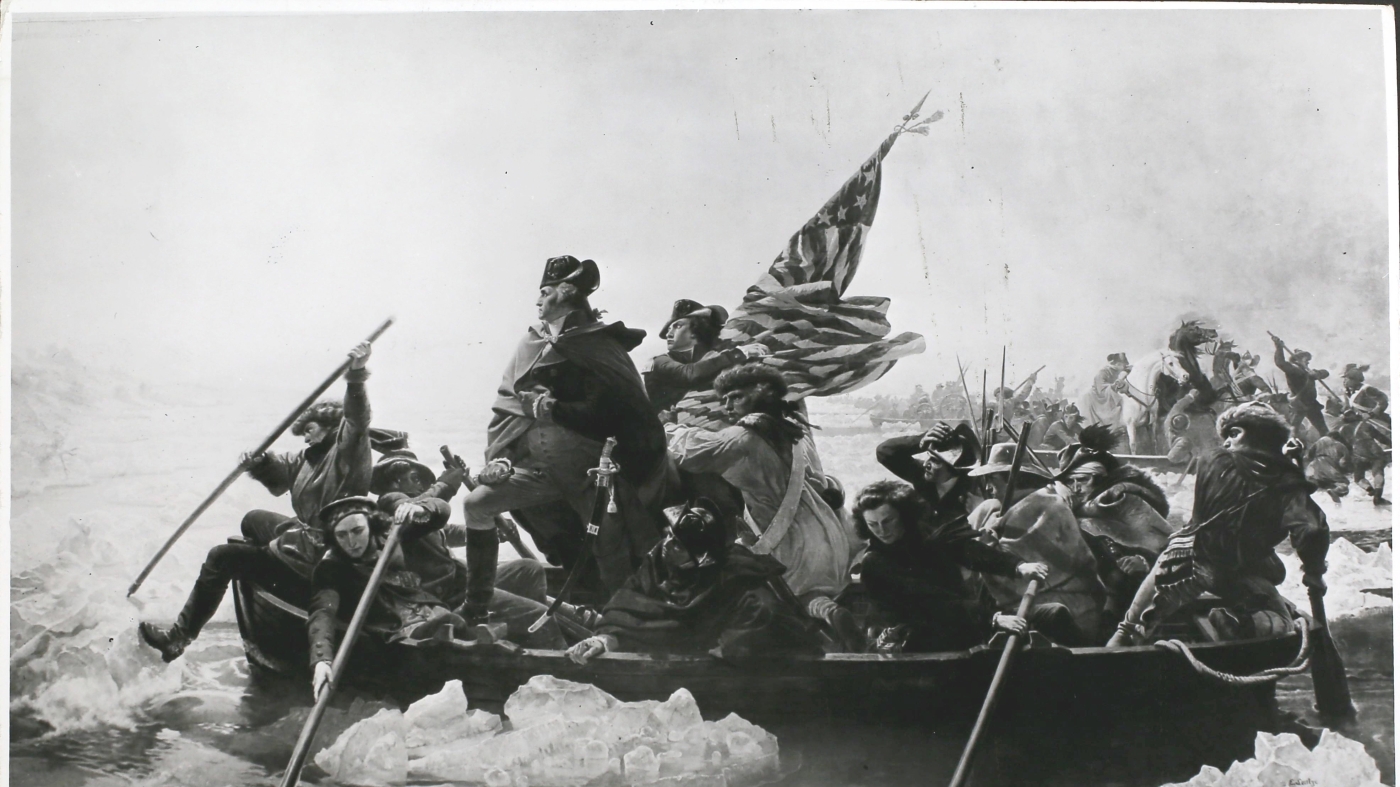
Presidency and campaigns explained : NPR
- Politics
- September 15, 2024
- No Comment
- 124

George Washington crosses the Delaware River during the American Revolutionary War in 1776.
Hulton Archive/Getty Images
hide caption
toggle caption
Hulton Archive/Getty Images
The U.S. president may be referred to as the most powerful person in the world now, but that wasn’t what the Founding Fathers intended.
In fact, when the United States was born, they didn’t really have much of a plan for the executive branch. After years of British royal rule, the framers were fearful of giving the new nation’s leader too much power.

“Framers never intended the presidency to be a public office. It was meant to be more of a clerk role in charge of the executive office,” says Brandon Rottinghaus, a political science professor at the University of Houston. “There is no one moment where a switch flipped where the presidency became a public office. It happened gradually.”
It’s the nation’s first president, George Washington, who understood the potential significance of the role. He helped establish a balance of being a strong leader while not mimicking British royal rule and established traditions that we still see today, historians tell Newsportu.
As we head into the final two months before Election Day, let’s learn more about the history of the presidential office, how Washington influenced so much of what we see today and just how much the journey to the White House has changed.
The founders didn’t have much of a plan for the executive
In the early days after the Revolutionary War, the Founding Fathers struggled with the question of what type of executive leadership the nation would have, Arizona State University history professor Catherine O’Donnell says.
Their experience with executive leadership was that of a king or royal governor — “not a great model,” she says.
The founders viewed having one executive for the United States with great suspicion. At one point, they considered having a three-man executive leadership, but the founders settled quickly on a one-person executive.

Nonetheless, Alexander Hamilton, one of the Founding Fathers, felt it was necessary to defend this choice, O’Donnell says. Writing in the Federalist Papers, Hamilton argued that a single executive would be more energetic and ultimately less risky, as the American people would be able to closely watch this one man, she says.
Having one leader, the president, was settled. But what that role should consist of was still a question. In fact, there seemed to be a better idea of what it shouldn’t be — i.e., nonthreatening, absolutely not a king, a man of the people, O’Donnell says.
“People were uneasy about it from the start,” she says.

George Washington, the first president of the United States of America, circa 1789.
Three Lions/Getty Images/Hulton Archive
hide caption
toggle caption
Three Lions/Getty Images/Hulton Archive
The man who set the precedents
Enter the first president: George Washington. He was the commander in chief of the Continental Army during the Revolutionary War and was revered after the conflict, says Denver Brunsman, a history professor at George Washington University. Washington never wanted the top job but “had an incredible reputation across the nation,” Brunsman says. “It was a foregone conclusion that he would be president. Then they had to convince him to stay on for a second term.”
Washington is the only president to have been elected unanimously by the Electoral College twice, Brunsman says. “Having Washington as the first president establishes it as an important office from the start,” he says.

O’Donnell notes that Washington was extremely cautious every step of the way, knowing his actions would set a precedent.
“He really thought the office had to convey respect,” she says. “A lot of people were unsure of even what to call him. They can’t use ‘your highness.’ They can’t call him ‘George.'”
They settled on “Mr. President.” And Washington approached the role with formality, O’Donnell says.
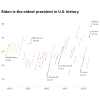
The president’s role has changed and evolved along with the United States’ prominence on the world stage, but Brunsman says, “I think he would recognize broad elements of the job” since many traditions and precedents Washington started still remain.
He had a brown suit of American fabric made especially for his inauguration, and he wore this special president’s suit whenever he met with people, she says.
He took extremely seriously the task of meeting with people who called on the president, including statesmen and foreign dignitaries, as he wanted to ensure the public understood it had access to the country’s leader. He established days and times for these face-to-face interactions, which included meetings and formal dinners. Today, the president regularly hosts state dinners for foreign leaders visiting the United States.

Washington created his own Cabinet, much like his war cabinet during the Revolutionary War, when he met regularly with close advisers in the military. That system remains.
Washington’s Cabinet was completely different from the British government at the time. To get a role with the British government, it was all about who you knew. Washington focused on picking qualified people with relevant experience to run the government, according to the George Washington Presidential Library at Mount Vernon.
The Washington administration Cabinet had just four members — Secretary of State Thomas Jefferson, Secretary of the Treasury Alexander Hamilton, Secretary of War Henry Knox and Attorney General Edmund Randolph — compared with today’s 16 positions (the vice president and the 15 department heads).
Washington also established the tradition of making an inaugural address and a farewell address. His final address, which called for political unity among Americans, is still revered today and read each year in the U.S. Senate.
Washington retired from office after serving two terms as president — and no more — a tradition that continued until President Franklin D. Roosevelt took office for a third term in 1941. The two-term limit was later enshrined in the 22nd Amendment.
Presidents didn’t campaign until the 19th century

Texas Gov. George W. Bush, then a Republican candidate for president, attends a Hispanic community breakfast at Jalapeno’s restaurant on Aug. 13, 1999, in Davenport, Iowa.
Luke Frazza/AFP via Getty Images
hide caption
toggle caption
Luke Frazza/AFP via Getty Images
Kissing babies, eating hot dogs and stopping at state fairs have become common practices for presidential candidates itching to get face time with voters on the campaign trail.
But they are purely modern tactics that weren’t even thought of during Washington’s time, say historians whom Newsportu spoke with. There was no national campaigning as we know it now.
“It was considered ungentlemanly, crude, even crass to say you wanted the gig,” says Justin Vaughn, an associate professor of political science at Coastal Carolina University.
In the 19th century, as political parties began to form, candidates were selected by party leaders, George Washington University’s Brunsman says.
For his part, Washington opposed the formation of political parties, believing they fueled partisanship and weakened the nation. But this development was out of his control, as political parties began to form by the end of his first term, Brunsman says.
The country’s most wealthy, powerful men and political bosses in “smoke-filled rooms” decided the parties’ nominees for president well until the 1960s, says Vaughn. It wasn’t until the chaotic 1968 Democratic National Convention that a presidential primary system to select candidates was adopted; the Republican Party followed suit shortly after.
With the earliest parties in the 1790s, newspapers affiliated with either the Federalist Party or the Democratic-Republican Party — the main parties at the time — became a crucial form of media for publicizing their parties’ ideologies and their candidates of choice across the nation, Brunsman says.
“That’s really the start of this modern campaigning,” he says.
Historians consider the election of 1840 — Democrats versus Whigs — to be the first truly modern presidential election.
“Both sides really employed all these modern techniques of the commercialization of politics: posters, songs, all kinds of media,” Brunsman says.
The 1840 presidential election pitted Whig candidate William Henry Harrison — known as Old Tippecanoe, a nickname from his 1811 military victory against Native Americans at the Battle of Tippecanoe — against the then-president, Democrat Martin Van Buren.
That’s when the Whig Party created the “log cabin” campaign and the famous “Tippecanoe and Tyler Too” song that praised the achievements of Harrison and eventual Vice President John Tyler.
The log cabin campaign grew out of a Democratic newspaper’s attempt to mock Harrison, saying essentially that he was a simple man who was too old for the job.

Kamala Harris, then a U.S. senator and Democratic presidential candidate, cooks pork burgers at the Iowa Pork Producers Association tent while attending the Iowa State Fair in 2019 in Des Moines, Iowa.
Justin Sullivan/Getty Images
hide caption
toggle caption
Justin Sullivan/Getty Images
Instead of fighting it, the Whigs embraced this attempt at mockery and presented Harrison as an “everyman” frontier fighter who lived in a log cabin and drank cider, in contrast to the wealthy, out-of-touch Van Buren. This, despite the fact that Harrison came from a wealthy plantation-owning family in Virginia.
The Harrison campaign put log cabins on various campaign items, like cups and teapots, and held “log cabin and hard cider” rallies to push the idea that he was a man of the people — and it worked. Harrison won the 1840 election.
Brunsman says that Washington’s successors “understood that in a democratizing America, you had to campaign and you had to put yourself out there.”
#Presidency #campaigns #explained #Newsportu


